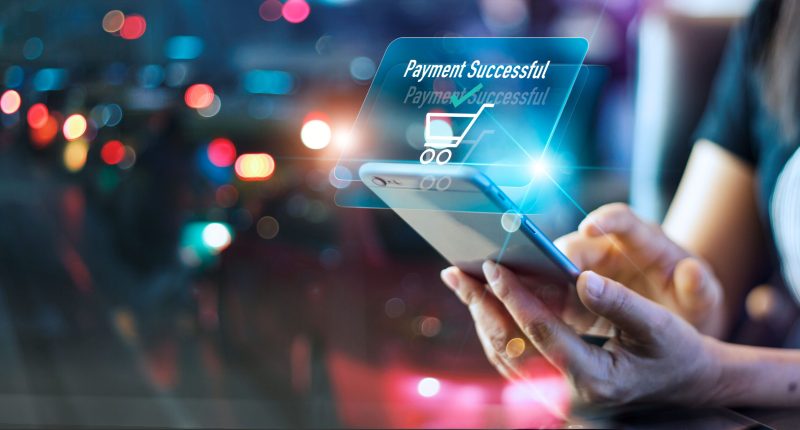Digital Wallets and Mobile Payments
Growth and Adoption
Digital wallets, such as Google Pay and Apple Pay, are at the forefront of this transformation. With mobile wallet payments expected to grow at a compound annual growth rate of 19.9%, businesses must adapt by integrating these solutions into their payment infrastructure. This shift towards mobile payments enhances user experience by offering seamless transactions that are both secure and convenient.
Alternative Payment Methods
Financial Inclusion through Innovation
Alternative payment methods like cryptocurrencies (e.g., Bitcoin) and Central Bank Digital Currencies (CBDCs) are gaining traction. These innovations promote financial inclusion by providing access to banking services for underserved populations. Moreover, technologies like blockchain offer decentralized models that could disrupt traditional centralized payment systems.
Open Banking and Machine Learning
Enhancing Security with Data-Driven Insights
Open banking allows for greater interoperability between financial institutions, enabling more personalized services through data sharing. Meanwhile, machine learning enhances security by detecting fraud patterns more effectively than traditional methods. These technologies work together to create a safer, more efficient transaction environment.
Cross-Border Payments and Cryptocurrencies
Global Financial Integration
Cross-border payments are becoming increasingly important as global trade expands. Cryptocurrencies play a role here due to their ability to facilitate fast international transactions without intermediaries. However, regulatory frameworks need to evolve alongside these technologies to ensure stability in the financial system.
Future Trends in Digital Payments
Embedded Payments and Biometric Authentication
Looking ahead, embedded payments will integrate transactions seamlessly into various platforms (e.g., smart home devices), while biometric authentication will further enhance security with facial recognition or fingerprint verification. As technology continues to advance, it’s crucial for businesses to stay agile in adopting these emerging trends.In conclusion, the future of digital payments is characterized by rapid innovation driven by fintech advancements. By embracing these changes—whether through digital wallets or decentralized currencies—financial institutions can position themselves for success in an increasingly cashless world.









